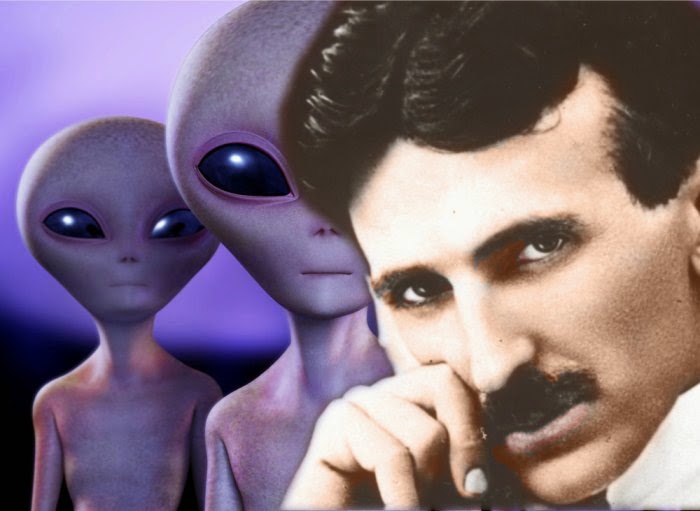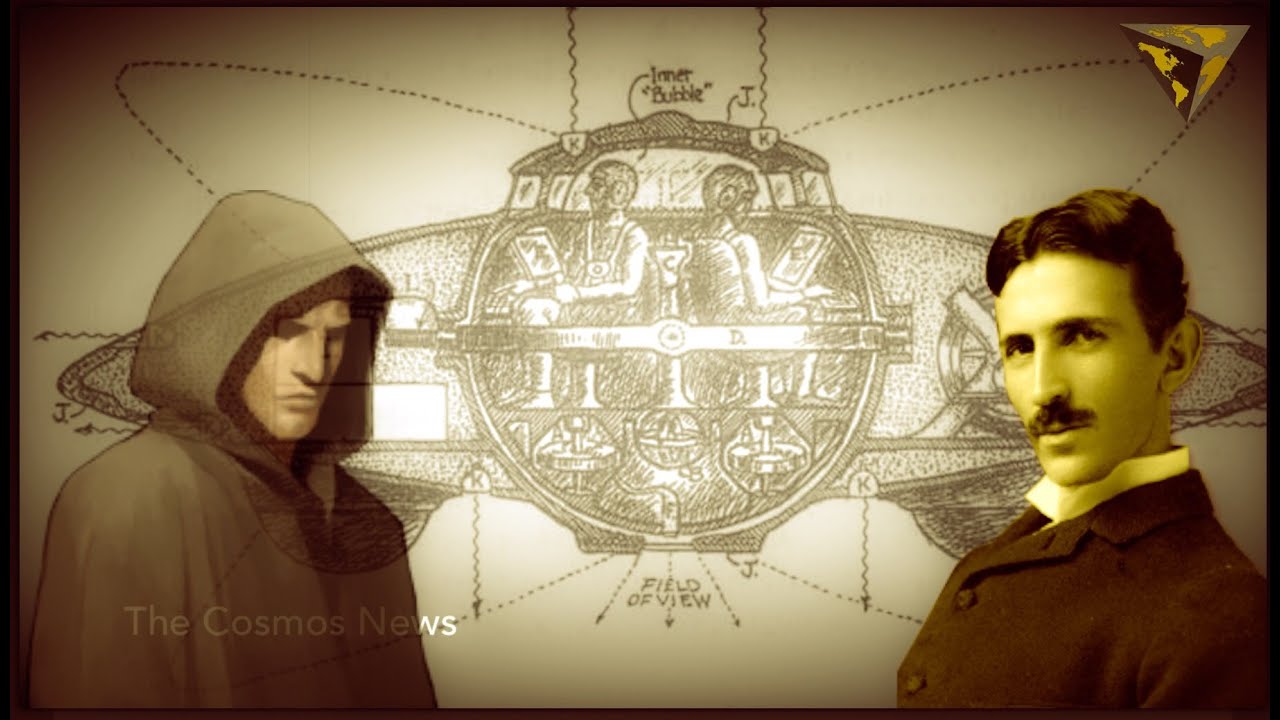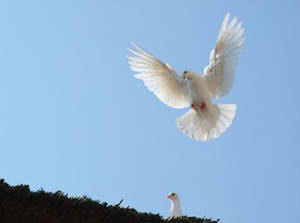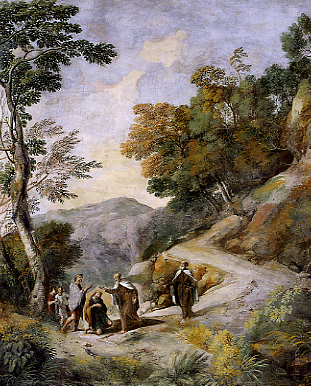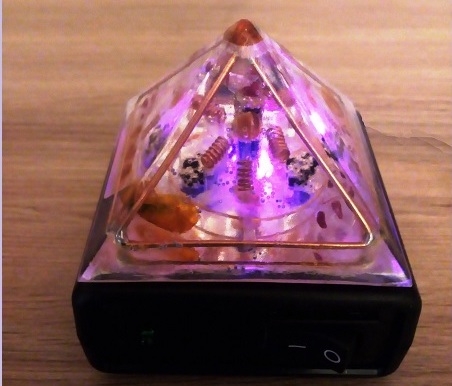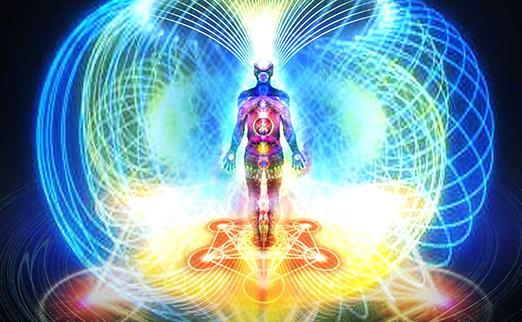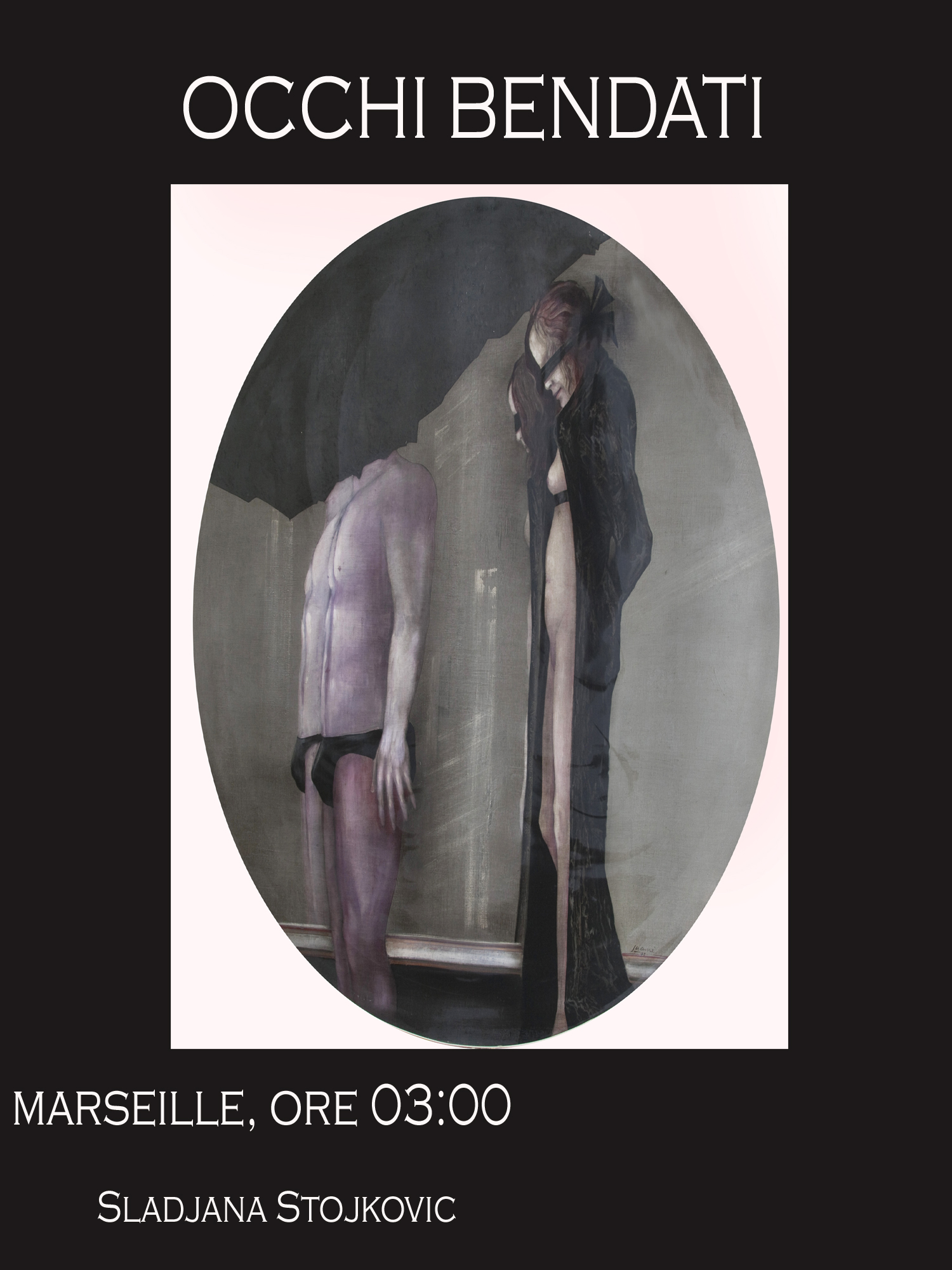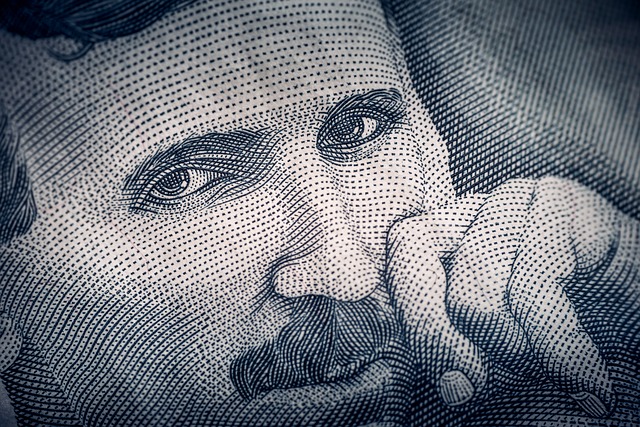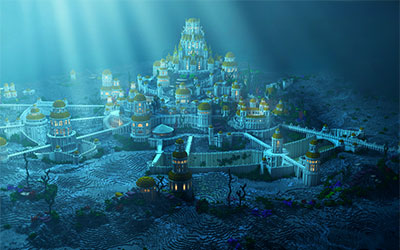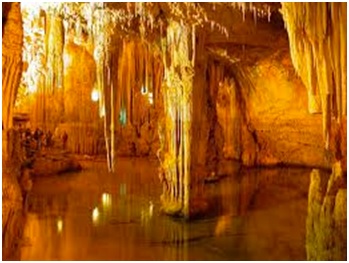
The cult of the moon, which was characteristic of periods of different cultures, has created rich mythology and symbolism associated with various cultures.
The crescent was a sacred symbol of the Babylonians, Isis for the Egyptians and Diana for the Greeks. Then it was associated with the Virgin Mary. Mystical Christian symbolized Mary with the crescent moon: the feminine principle, which brings light into the darkness of the night. It is also used as a symbol of security of the Byzantine Empire, during the period of Constantine. This image was then replicated by the Turks after the victory of Muslims over Christians. The Turkish Sultan has already begun to use it as a sign of his power. The crescent became the symbol of Islam in opposition to the Cross.
The phenomenon of the moon fascinates everyone - its phases, which are compared to the seasons and the different ages of human life. At the new moon the magical attributes appear (the ability to cure diseases).The full moon, on the contrary, was considered the strengthening of the dark forces of time. Since ancient times, moon phases have agreed with all aspects of life. The crescent moon was considered a good omen for the sowing of crops and new enterprises, the success and the increase of wealth, while the waning moon meant the end and destruction. During the Renaissance, when the magical alchemy has reached the top, the moon phases were used in all magical rituals. People got married, started a new business and travelled according to the phases of the moon.
The moon appears as a land of dead people or the world of the souls waiting for rebirth, the idea about going to the moon after death remains even in the most developed cultures (Greece, India and Iran).The duel between the sun and the moon. The sun rises from the darkness of night in all its glory and the moon appears as a thin crescent, it loses its identity, it undergoes painful transformation. While the sun is related to reflection, the moon is associated with imagination, after the approval of the Patriarchate, the moon is associated with feminine and the sun - with masculine.
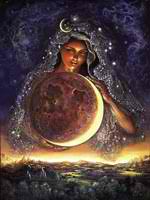
In general, the moon is considered the goddess of women.
In the developed mythologies the moon was personified in the guise of a goddess, for example, Greek Artemis, Roman Diana. In primitive cultures the moon represented the hunting.The moon was often the object of worship, but, unlike the sun, was never regarded as a powerful deity, and was rarely associated with the supreme god. In the scheme of the cosmos, the sky was usually under the sun. The moon was associated with many rituals and beliefs.
The appearance of the first quarter moon or full moon was associated with some magic, with the aim of facilitating and the process of development. Standing under the full moon light, girls with small breasts expected their breasts to grow, while under the waning moon the patients with various neoplastic diseases believed that this phase would decrease their cancer. In Medieval Europe it was a custom to turn a silver coin when there was a new moon, and the lack of a silver coin, at that time was considered a bad sign. The three days of "death" of the moon (as its eclipse) were usually regarded as dangerous. These days were associated with the representation of the defeat of the moon in a battle with the celestial monster, or the death of the moon and its subsequent resurrection. At that moment, people believed that they had not to take new initiatives, and they had to abstain from sex.
Some people used to knock on a metal container or blow the trumpet to assist the moon to disturb and discourage their enemies. In many countries a lunar halo was a bad omen. The lunar spots were perceived as signs of past battles with powerful opponents.
READ ALSO:



